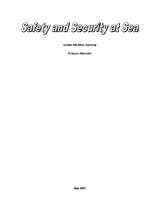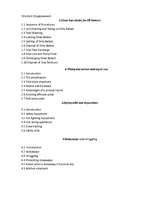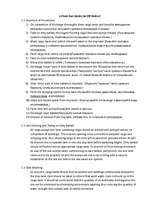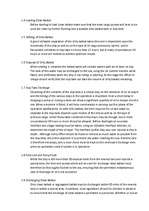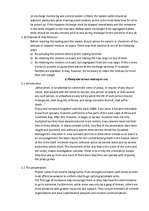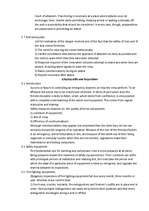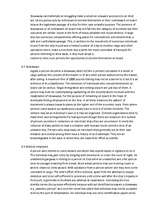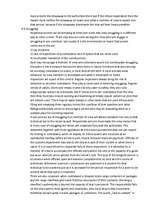-
Safety and Security at Sea
Level:
College/University
Literature:
n/a
References:
Not used
Send to email
Your name:
Enter an email address where the link will be sent:
Hi!
{Your name} suggests you to check out this eKönyvtár paper on „Safety and Security at Sea”.
Link to paper:
https://eng.ekonyvtar.eu/w/316512
Link to paper:
https://eng.ekonyvtar.eu/w/316512
Email has been sent
